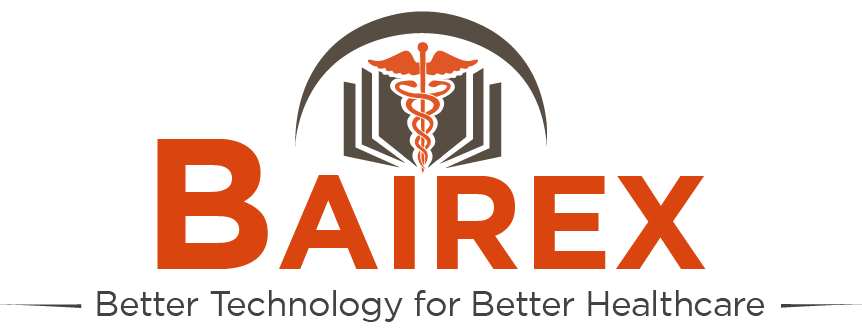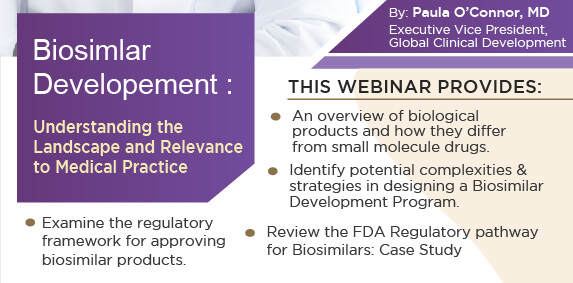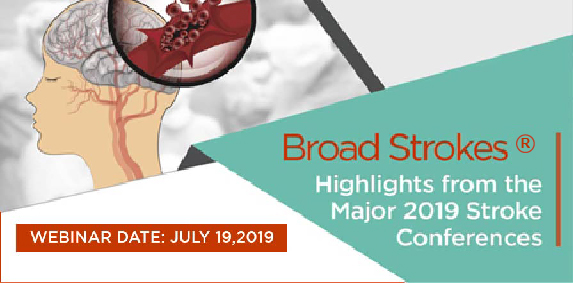1. The need for and aims of pharmacovigilance a. Burden of drug-related events b. Overview of drug development and approval process c. Overview of drug development and approval process d. Definition of and framework for pharmacovigilance
2. Regulatory pharmacovigilance a. Role of national laws, policies and guidelines b. Relevance to industry c. Overview of drug development and approval process d. Relevance to industry
3. Risk identification a. Define adverse drug reactions and adverse drug events, safety signals, their sources and characteristics b. Strengths and weaknesses of methods used to identify safety signals c. How reports of signals are handled d. Examples
4. The need for and aims of pharmacovigilance a. Define and discuss the uses of active surveillance b. Discuss different methods of comparative observational studies c. Recommend when to use epidemiologic methods for medication safety surveillance d. Examples
5. Risk management and communication a. Describe the scope and objectives of risk management, minimization, and communication and their relationship with pharmacovigilance. b. Understand the principles of risk management and patient safety c. Examples
6. Methodological advances in pharmacovigilance a. Illustrate methods with examples b. Metrics in pharmacovigilance
7. Global and regional initiatives and resources in pharmacovigilance a. Harmonizing pharmacovigilance systems across countries b. Donor-supported initiatives to strengthen pharmacovigilance systems
8. Regulatory pharmacovigilance





